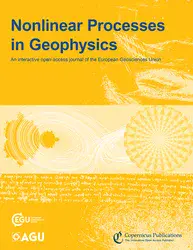Publications
Below are the EGU's open access peer-reviewed journals relevant to the Atmospheric Sciences Division. For a complete list of EGU journals, click here.
The EGU journals are indexed in the Web of Science, Scopus, Google Scholar, etc. We refrain from displaying the journal metrics here since citation metrics used in isolation do not describe importance, impact, or quality of a journal. However, these metrics can be found on the websites of the respective journals.
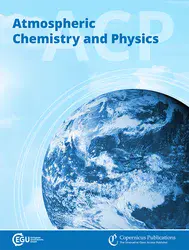
Atmospheric Chemistry and Physics (ACP)
Atmospheric Chemistry and Physics (ACP) is an international scientific journal dedicated to the publication and public discussion of high-quality studies investigating the Earth's atmosphere and the underlying chemical and physical processes. It covers the altitude range from the land and ocean surface up to the turbopause, including the troposphere, stratosphere, and mesosphere.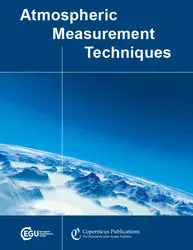
Atmospheric Measurement Techniques (AMT)
Atmospheric Measurement Techniques (AMT) is an international scientific journal dedicated to the publication and discussion of advances in remote sensing, as well as in situ and laboratory measurement techniques for the constituents and properties of the Earth's atmosphere.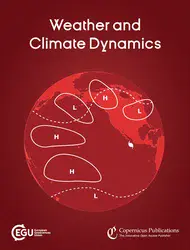
Weather and Climate Dynamics (WCD)
Weather and Climate Dynamics (WCD) is a not-for-profit international scientific journal dedicated to the publication and public discussion of high-quality research on dynamical processes in the atmosphere. It represents a timely effort to establish a seamless perspective on atmospheric flows, on scales from weather to climate (minutes to decades). The scope of the journal includes the following: the dynamics of extreme weather events (case studies and climatological analyses); weather system dynamics in tropical, midlatitude and polar regions; interactions of atmospheric flows with cloud physics and/or radiation; links between the atmospheric water cycle and weather systems; tropical-extratropical and midlatitude-polar interactions; atmospheric teleconnections and stratosphere-troposphere coupling; boundary-layer dynamics and coupling to land, ocean and ice; atmospheric variability and predictability on time scales from minutes to decades; storm track and Hadley cell dynamics; role of atmospheric dynamics in paleoclimate and climate change projections; and other aspects of weather and climate dynamics. Theoretical studies, idealized numerical studies, full-physics numerical studies, and diagnostic studies using (re)analysis and/or observational data are welcome.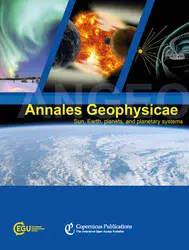
Annales Geophysicae (ANGEO)
Annales Geophysicae (ANGEO) is an international, multi- and inter-disciplinary scientific open-access journal in the field of solar–terrestrial and planetary sciences. ANGEO publishes original articles and short communications (letters) on research of the Sun–Earth system, including the science of space weather, solar–terrestrial plasma physics, the Earth's ionosphere and atmosphere, the magnetosphere, and the study of planets and planetary systems, the interaction between the different spheres of a planet, and the interaction across the planetary system. Topics range from space weathering, planetary magnetic field, and planetary interior and surface dynamics to the formation and evolution of planetary systems.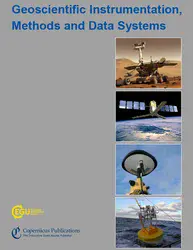
Geoscientific Instrumentation, Methods and Data Systems (GI)
Geoscientific Instrumentation, Methods and Data Systems (GI) is an open-access interdisciplinary electronic journal for swift publication of original articles and short communications in the area of geoscientific instruments. It covers three main areas: atmospheric and geospace sciences, Earth science, and ocean science. A unique feature of the journal is the emphasis on synergy between science and technology that facilitates advances in GI.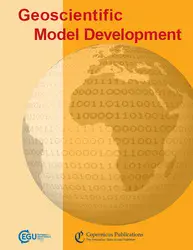
Geoscientific Model Development (GMD)
Geoscientific Model Development (GMD) is an international scientific journal dedicated to the publication and public discussion of the description, development, and evaluation of numerical models of the Earth system and its components.